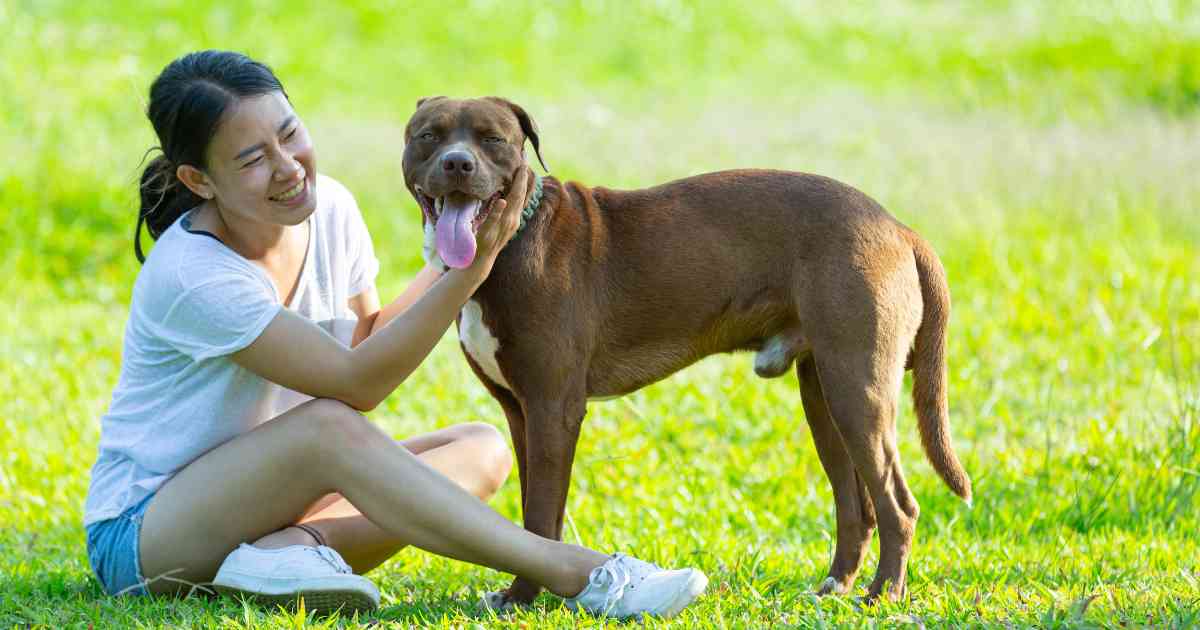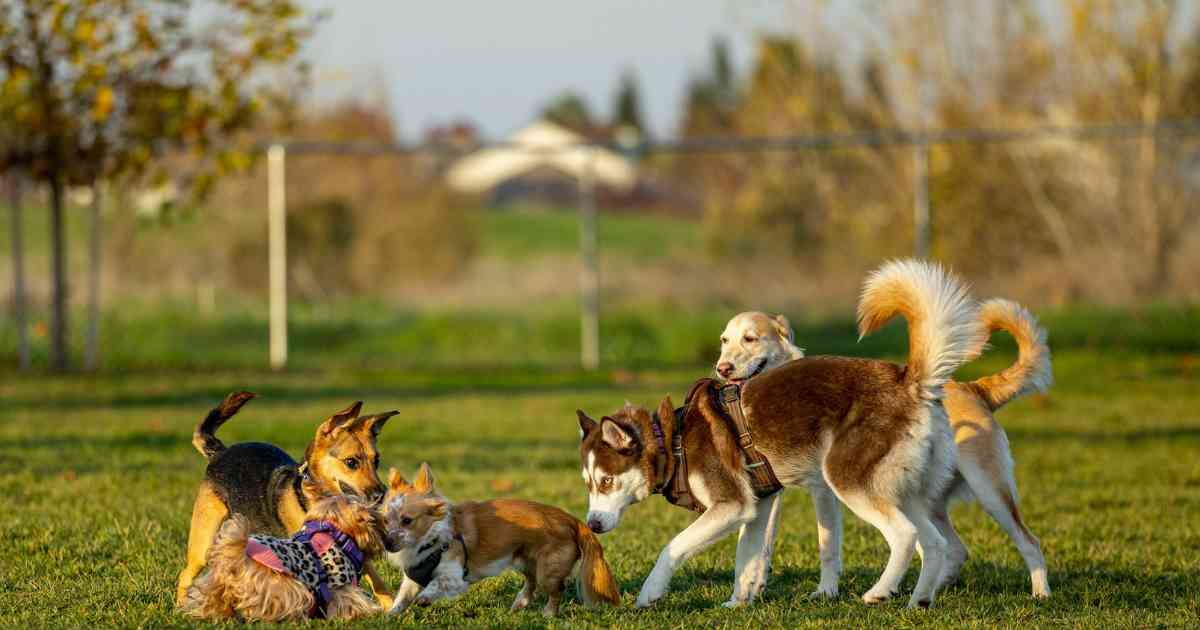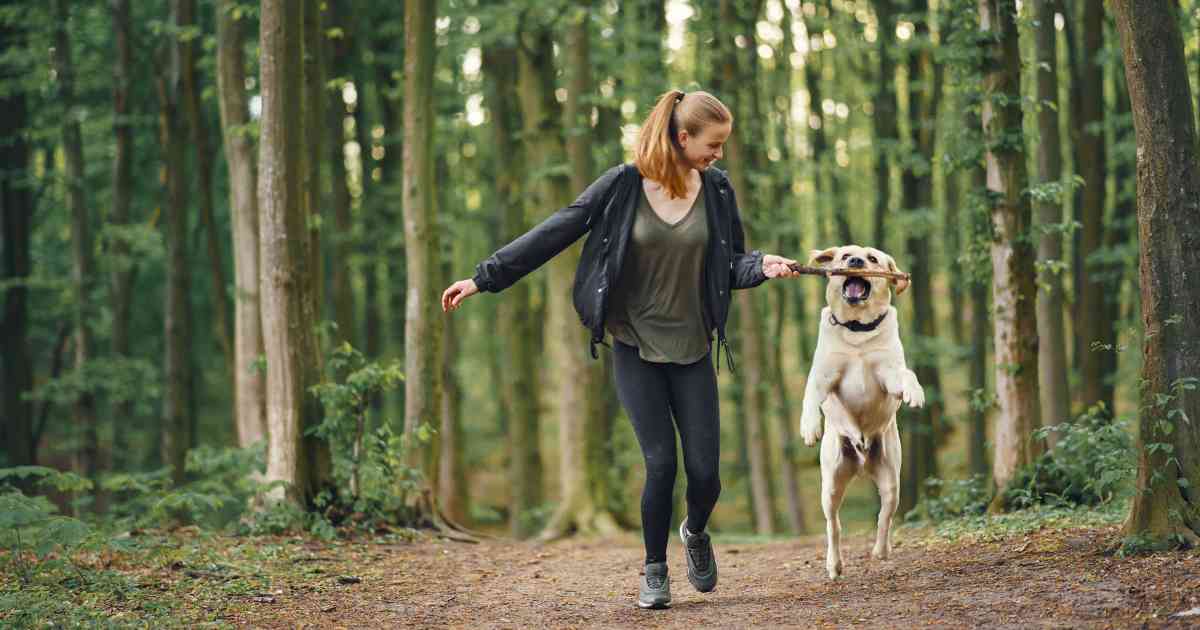A lack of both physical exercise and mental stimulation is often the root cause of many behavioral issues, such as excessive barking, destructive chewing, or even anxiety. Dogs are naturally built to move, explore, and work alongside humans.
Why Exercise is Crucial
In the wild, canines like wolves or wild dogs spend the majority of their time actively engaging with their environment. They track scents, hunt prey, patrol their territory, and travel long distances often more than 25 kilometers (15 miles) a day. This high level of physical and mental engagement keeps them fit and sharp.
In contrast, the modern pet dog often leads a much more sedentary life. Many spend long hours indoors, sleeping or waiting for their owner to return from work. This lifestyle, especially when combined with a calorie-rich diet and minimal stimulation, can lead to a host of issues including obesity, joint problems, and behavioral challenges.
Regular exercise helps burn off excess energy, maintains a healthy weight, supports cardiovascular health, and can even prolong your dog’s life. Just as importantly, it provides an outlet for natural instincts and keeps their mind sharp and engaged.

How Much Exercise Does Your Dog Need?
Not all dogs have the same energy levels or physical capabilities. Factors such as age, breed, size, and health all play a role in determining how much exercise your dog needs:
Small and toy breeds (like Chihuahuas or Pomeranians) typically need around 30 minutes of moderate activity per day, although many enjoy more.
Medium and large breeds (like Labradors or Border Collies) benefit from 60 to 90 minutes of physical activity daily, sometimes split into two or more sessions.
High-energy or working breeds (like Huskies, Belgian Malinois, or Australian Shepherds) often need more intense or structured exercise, such as running, biking, or agility training, to stay satisfied.
Senior dogs or those with medical conditions may require shorter, gentler walks, but they still need regular movement to stay limber and mentally alert. Always consult your veterinarian before starting a new exercise routine.
Fun Ways to Keep Your Dog Active
Variety and enjoyment are key when it comes to keeping your dog physically active. Here are a few engaging and practical ways to get them moving:
Leash Walks: This classic activity is a must. Try varying your walking route or visiting different parks to keep your dog interested in the new smells, sights, and sounds.
Interactive Play: Simple games like fetch, tug-of-war, or frisbee are excellent ways to burn off energy and build communication between you and your dog.
Canine Sports: Enroll your dog in agility, flyball, herding trials, or jogging with your dog. These sports provide a physical outlet and build your dog’s confidence and focus.
Swimming: A fantastic low-impact option, especially for dogs with joint issues. Always supervise your dog in the water and dry them thoroughly afterward to avoid ear infections or skin irritations.
Mental Stimulation: A Key to a Happy Dog.

Physical exercise alone is not enough. Dogs also need regular mental challenges to stay emotionally balanced and content. Mental stimulation is especially helpful on rainy or snowy days when outdoor play might not be possible.
Training Sessions: Even a 10-minute daily refresher of basic commands like “sit,” “stay,” and “come” can tire your dog mentally and reinforce positive behavior. Introduce new tricks regularly to keep things interesting.
Puzzle Toys: Toys like Kongs, treat-dispensing balls, or snuffle mats challenge your dog to think and problem-solve. They also help slow down fast eaters.
Scent Games and Hide-and-Seek: Hide kibble or treats around the house or yard and let your dog use their nose to find them. This taps into their natural foraging instincts and provides satisfying mental engagement.
Interactive Toys and DIY Challenges: Rotate your dog’s toys regularly and create new games with simple household items, for example, hiding treats in a rolled-up towel or under plastic cups.
Strengthen Your Bond
Above all, spending quality time with your dog through exercise and play strengthens your relationship. Whether you're going on a hike, playing in the yard, or simply practicing commands together, your dog will appreciate your attention and companionship. These moments not only support their health but also foster trust, reduce anxiety, and build a deeper connection between you.
So, what are you waiting for? Lace up your shoes, grab the leash or favorite toy, and enjoy the many physical, mental, and emotional benefits that daily activity brings to both you and your furry friend!












